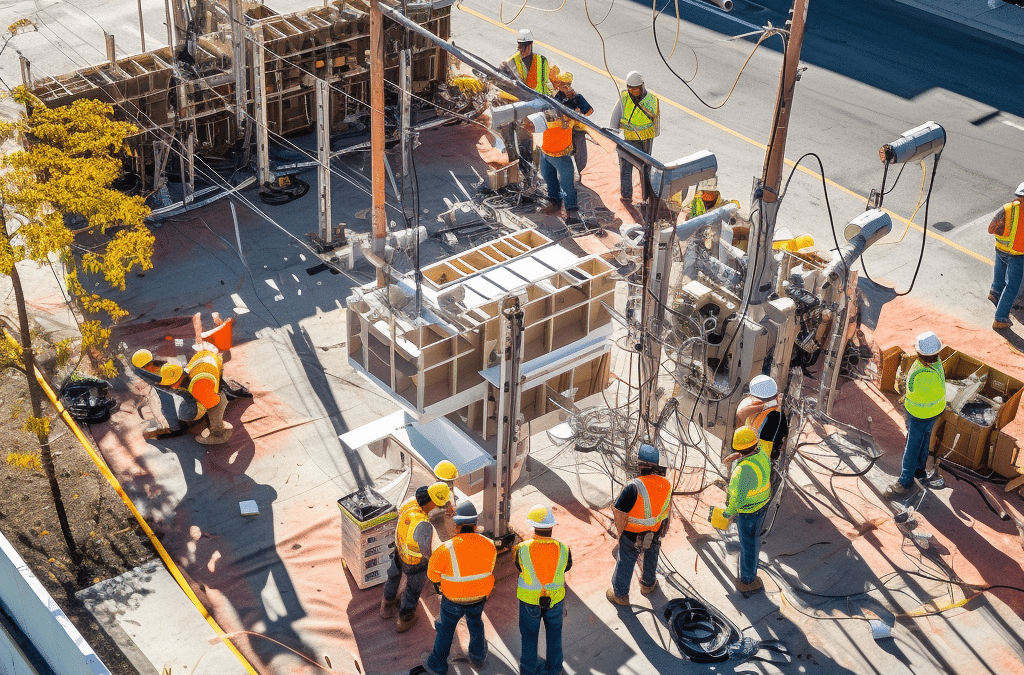The demand for clean, secure and affordable energy is on the rise and businesses are recognizing the importance of embracing the energy transition. This trend has been further accelerated by the SEC climate disclosure rules, corporate net-zero goals, and climate-friendly government policies. Power Purchase Agreements, commonly know as PPA’s are a very popular way to meet these net-zero goals without having to invest in building an onsite energy system. Beware though, offsite PPAs could leave your business exposed to financial and reputational risk before using these instruments to offset emissions.
According to the American Clean Power report, 2022 was a record year for corporate energy procurement, with almost 20 GW of clean energy being purchased. This is a clear indication that companies are taking their commitment to sustainability seriously.
Offsite PPAs Could Leave Your Business Exposed
Despite this surge in demand, there is a mismatch between supply and demand, which is driving up the prices of offsite PPA (Power Purchase Agreement) by almost 30%. This trend is expected to continue, posing a challenge for corporations that want to reach their emission reduction goals without incurring additional costs.

One solution that is gaining popularity among businesses is the adoption of onsite energy and microgrids. By generating energy locally, companies can reduce their reliance on the grid and have greater control over their energy supply. This approach not only reduces the risks associated with price hikes and delivery delays, but it also provides greater flexibility and resilience in the face of potential power outages.
Onsite energy solutions such as solar power and energy storage can also help companies reduce their carbon footprint and meet their net-zero goals.


This approach not only aligns with their sustainability targets but also provides a range of other benefits such as reduced and hedged operating costs, and increased energy independence.
Microgrids, offer a more comprehensive solution by providing a local energy system that can operate independently from the grid during power outages or disruptions. This approach further improves energy resilience.
Companies that realize the importance of being proactive in managing energy costs, affordability and emissions through alternative solutions such as onsite energy and microgrids vs relying on offsite PPAs will position their businesses for long term profitable and sustainable success.


